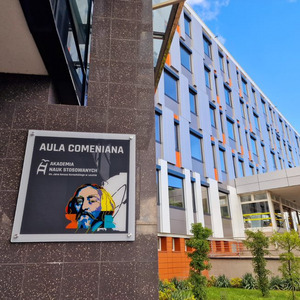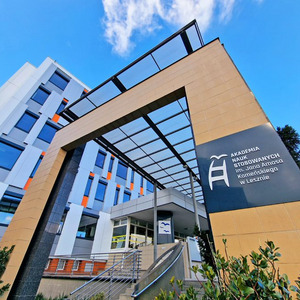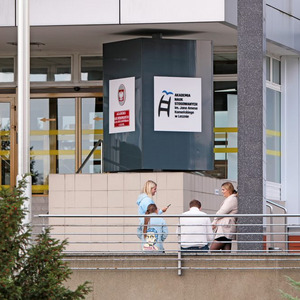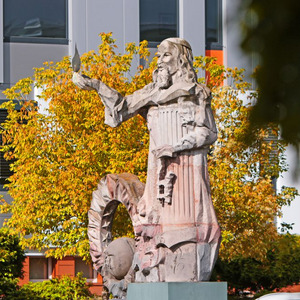About our University
Jan Amos Komeński State University of Applied Sciences in Leszno was established under the decision of the Council of Ministers of the Republic of Poland of 1 July 1999.
The University initially offered first cycle degree programmes but in 2016 its offer was extended by introducing second cycle degree programmes. As the very first higher education school in Poland, Jan Amos Komeński University of Applied Sciences in Leszno offered its students an innovative dual – study mode, combining work and study simultaneously. Since 2011 the system has been known as the Leszno Dual Study Model. The establishment of university significantly contributed to the development of Leszno.
There are approximatelly 1 thousand students studying both time and part time wide range of fields and subject areas of diversified study profiles. Upon graduation, our students are awarded the Polish degrees on the first cycle: licencjat (Batchelor of Arts), inżynier (Batchelor of Science) ot the second cycle/long-cycle:magister (Master's degrees)
The patron of our University is Jan Amos Komeński (John Amos Comenius), a Czech teacher and philosopher. The monument in his honour, designer by Ireneusz Daczka, is situated in front of our University.
Jan Amos Komeński State University of Applied Sciences in Leszno is financed from the state budget as well as the Ministry of Science and Higher Education. Along with four other higher education schools of the same profile from Wielkopolska, the Wielkopolska Association of Public Schools of Higher Education was formed in 2018. The University also cooperates closely with Poznań universities.
Jan Amos Komeński State University of Applied Sciences in Leszno has also been one of the initiators of an international enterprise called ”Europe – Asia Didactic Hub”. The University enjoys a very good reputation of being the most successful in sport nationwide as it occupies a leading position at Polish Academic Championships among Universities of Applied Sciences









